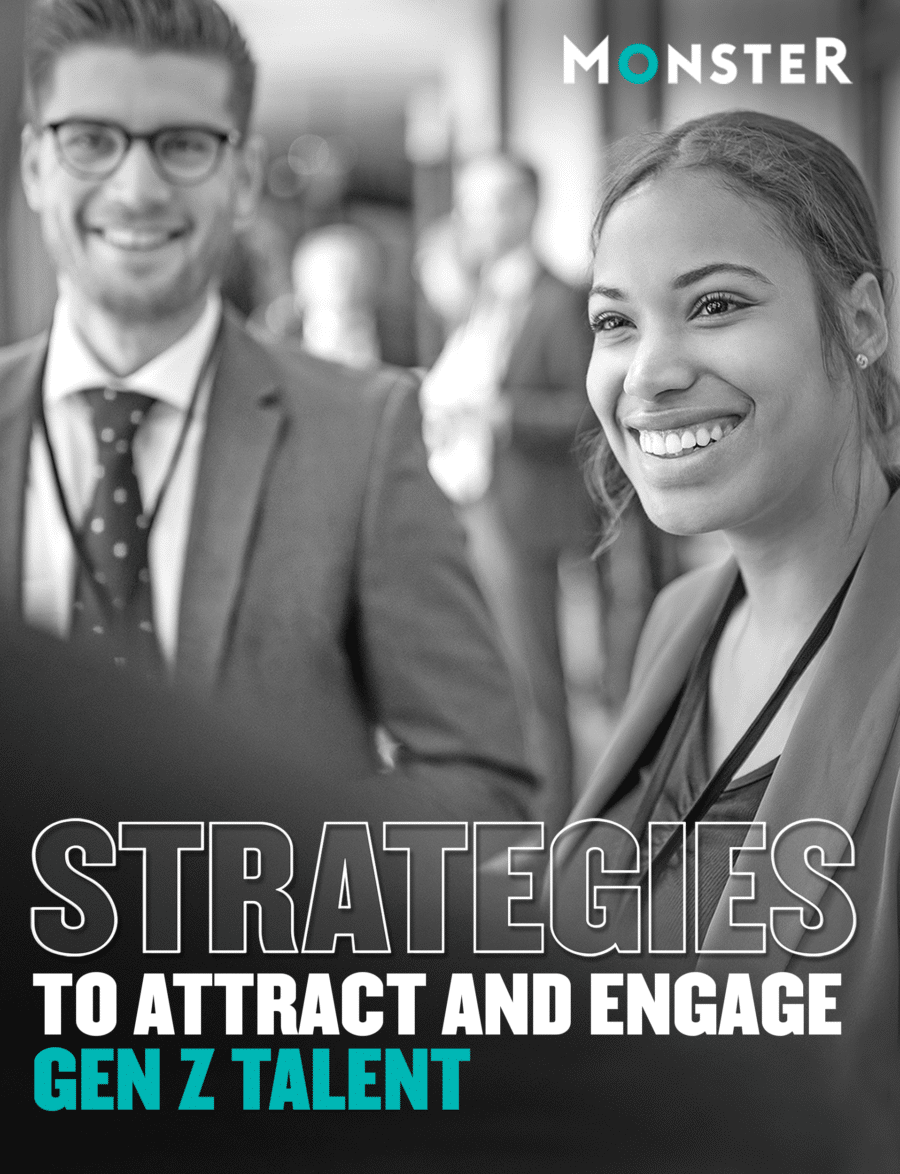Are you planning to fill your open requisitions with Gen Z talent? Be prepared!
Gen Z candidates have certain employer expectations, like financial stability and investment in their skills. If you want to attract this elusive group of job seekers, you need to understand what they want and need from work.
Based on data gleaned from Monster’s annual “State of the Graduate” survey, our guide covers three big questions you should ask yourself before engaging with Gen Z, as well as the strategies you need to ensure success when recruiting this emerging workforce.
Fill out the form below to download the report.
By continuing, you agree that Monster may provide you the requested materials and contact you regarding its products and services in accordance with the Terms of Use and Privacy Policy.
